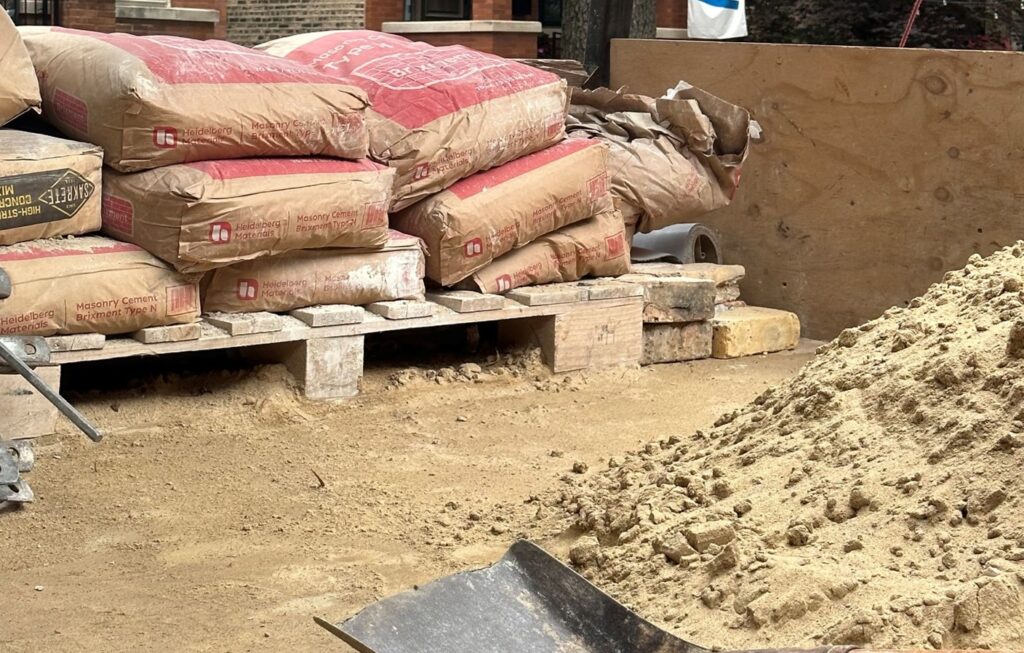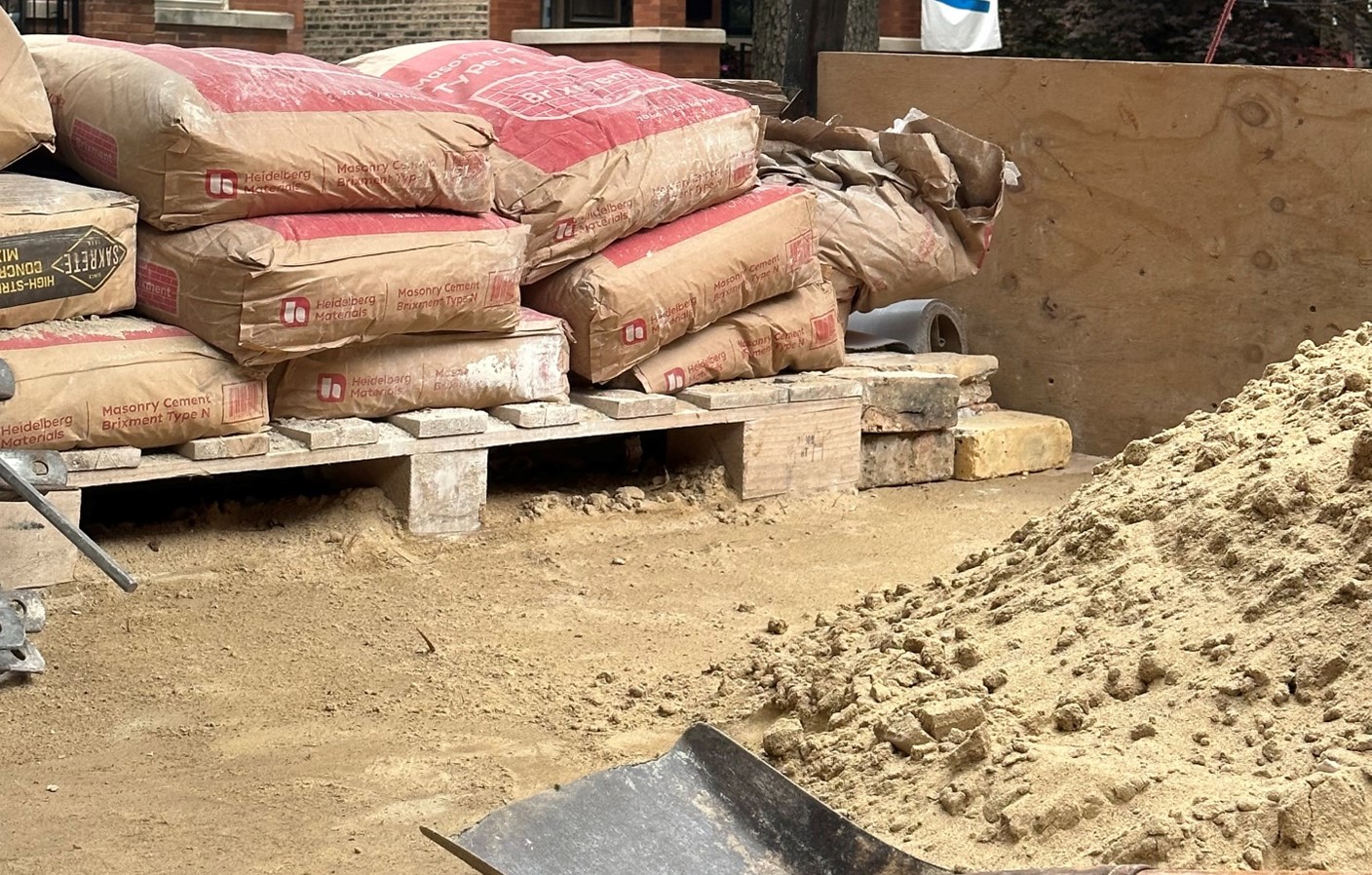
It is a blend of cement, sand, water, and sometimes lime, which hardens to form a solid bond between individual masonry units. Mortar plays a crucial role in ensuring the stability, durability, and aesthetic quality of structures.
What is Mortar?
Mortar serves as a binder and a cushioning material in masonry construction. It is essentially a paste made by mixing cement (or lime), fine aggregates (usually sand), and water. The paste fills the gaps or joints between bricks or stones and holds them in place as it hardens.
The essential ingredients of mortar include:
Once applied, mortar undergoes a process called curing, during which it hardens and gains strength over time.
Types of Mortar
Different types of mortar are used for different applications, and the choice depends on factors such as the type of building material, the environmental conditions, and the structural load requirements. Common types of mortar include:
Mortar’s importance in construction cannot be overstated, as it plays several key roles:
More than just a glue for bricks and stones, mortar is a fundamental component of masonry construction that enhances the strength, durability, and appearance of buildings. Choosing the right type of mortar for a project ensures that structures remain stable and resistant to external elements. Its role in distributing loads, sealing gaps, and adding aesthetic value highlights its significance in both modern and historical architecture.

Written by Reba Ashby
A historic preservationist specializing in traditional masonry, architectural conservation, and building assessments.
What is Mortar and Why is it Important?
Posted on October 11, 2024

It is a blend of cement, sand, water, and sometimes lime, which hardens to form a solid bond between individual masonry units. Mortar plays a crucial role in ensuring the stability, durability, and aesthetic quality of structures.
What is Mortar?
Mortar serves as a binder and a cushioning material in masonry construction. It is essentially a paste made by mixing cement (or lime), fine aggregates (usually sand), and water. The paste fills the gaps or joints between bricks or stones and holds them in place as it hardens.
The essential ingredients of mortar include:
Once applied, mortar undergoes a process called curing, during which it hardens and gains strength over time.
Types of Mortar
Different types of mortar are used for different applications, and the choice depends on factors such as the type of building material, the environmental conditions, and the structural load requirements. Common types of mortar include:
Mortar’s importance in construction cannot be overstated, as it plays several key roles:
More than just a glue for bricks and stones, mortar is a fundamental component of masonry construction that enhances the strength, durability, and appearance of buildings. Choosing the right type of mortar for a project ensures that structures remain stable and resistant to external elements. Its role in distributing loads, sealing gaps, and adding aesthetic value highlights its significance in both modern and historical architecture.
 Written by Reba Ashby
Written by Reba Ashby
A historic preservationist specializing in traditional masonry, architectural conservation, and building assessments.